Zarouhie Abdalian doesn’t have a favorite word.
Zarouhie was in town on an artistic mission back when there was still a need for sweaters. We met her at a the dusty bar that we favor, immediately impressed by two things: she was immune to the chilli evening, and her order of battered and deep fried chicken gizzards. Upon reviewing the artist’s multi-medium work, this gizzard-eating-sweaterless adventurousness came back to me as a perfect lens through which to examine it. For Abdalian, neither medium nor message seem to ground the work, which seems guided, rather, by a deep and pervasive curiosity. The artist’s creations are, in a sense, formulated in response to spaces, experiences and topics that catch her attention. The results vary from case to case, but they are united by the kind of considered responses that one would expect from a debater. Zarouhie let us grill her with questions about breakfasts, catastrophes and materials.
Tell us a little bit about yourself: Where are you from? What do you do? What is your favorite word? What did you have for breakfast?
I grew up in New Orleans but have lived in Oakland for the past few years. I make studio works, which right now include drawings, sculpture, and projections, and I do site-specific installations. I don’t have a favorite word. Breakfast is almost always three cups of coffee and toast.
How would you describe your work to someone unable to experience it?
My work moves between media and is not materially defined. Site-specific pieces take characteristics or materials preexisting at a site and alter them as a way of prompting a reviewing. Materials used, however, are quotidian and the alterations are quiet.   The focus of the work, however, bridges the media and stems from my interest in limits – of a system, an archive, a material, etc. Works may directly engage the limits of a particular medium such as a projector or of a device such as a digital camera; or works may describe or point to structural or perceptual limits.
When did you begin officially begin making art? For what reason?
I’m not sure I feel that there is anything very official about what I do. I decided very early on that I wanted to be an artist and have always had a relationship to materials. What I have meant by being an artist has changed over time, but the reason I continue to make work is that I am intensely challenged by the process.
Your work sometimes seems to reference mathematics or engineering. Do these topics interest you?
They do. In some of the work, I appropriate ideas from an empirical system and use them for non-empirical purposes, for the making of artwork. Often I use an idea from math or engineering and situate it in a different context. This may be referenced simply through the appropriation of terminology for the work’s title (i.e., Shock Response Spectra, 2009) or may be more explicit in the realizing and presentation of the work (i.e., Flutter, 2010). In general, I think that by borrowing from empirical disciplines, artists may broach the political by staging disruptions to these systems, to the prescribed “knowable”, through an examination of their premises. Rather than using the terms of the borrowed discipline, I hope to critique those terms and/or identify their histories.
Your work has been described as largely concerned with landscape. You’ve also moved cities a few times, once from New Orleans, your hometown, because of Hurricane Katrina. Does your location (be it New Orleans, San Francisco, or wherever you happen to be working on something) affect the work? Does it affect you?
When working on pieces for installation, I am influenced both by the location of the project and also and importantly by my particular experience of New Orleans and of catastrophe relative to that site. My site-specific works have focused on disintegrity or vulnerabilities of sites.
What is your relationship with New Orleans like today?
I visit home a few times a year and my family is still there. Being in a place that is quite literally sinking is grounding for me. I also make a lot of “sketches†and find these visits generative.
You work in a variety of media – drawing, painting, video, installation – which medium are you most comfortable with? Which, if any, do you find yourself drawn to these days?
This movement between media is consistent to my practice and informs my approach to the materials I choose. I broach the problems of one medium in another – the experience of a painting in space and time has informed my approach to projection; looking at the problems of video including sequence and montage informed my approach to a series of drawings. I reconsider the aims of a project that is materials-contingent in another medium. In other words, I change the focus by shifting materials. I don’t really have a general preference but choose materials when they make sense for the project or idea.
What are you working on right now?
Right now, I’m spending some time playing with materials in my studio as I develop ideas for a couple of site-specific installations, including a piece for the Istanbul Biennial. I just finished a text and stroboscopic light piece for Altman Siegel, a San Francisco gallery. I am also working on a video piece that takes as a starting point footage I have collected of the Gulf Coast.
If you weren’t answering this interview, you would probably be…
Working in my studio, of course!
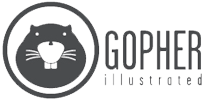
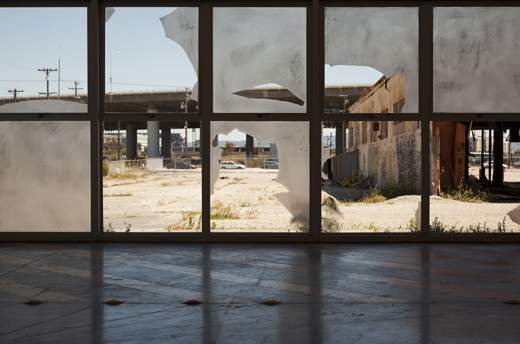
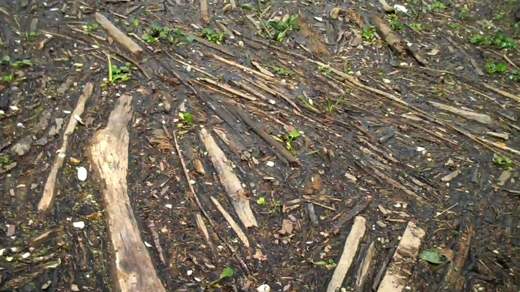
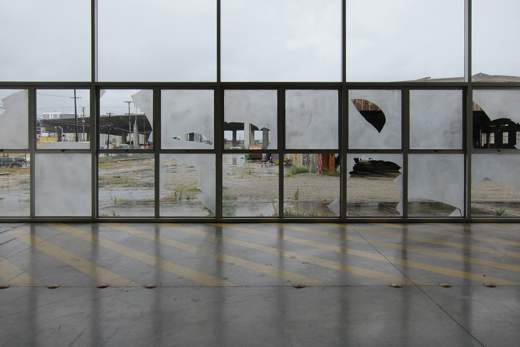
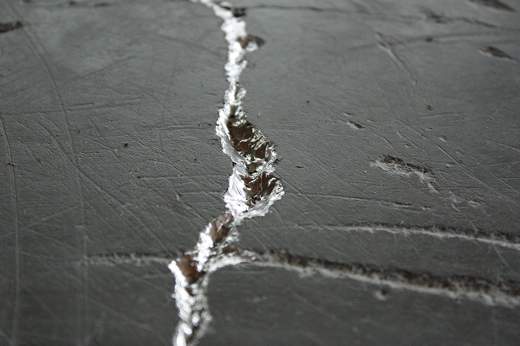


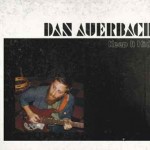
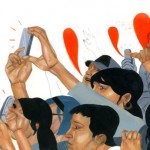
![Crochet as [badass] Medium.](http://www.gopherillustrated.org/wp-content/uploads/2010/11/Crochethead-150x150.jpg)
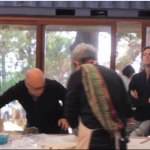
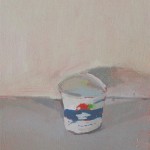

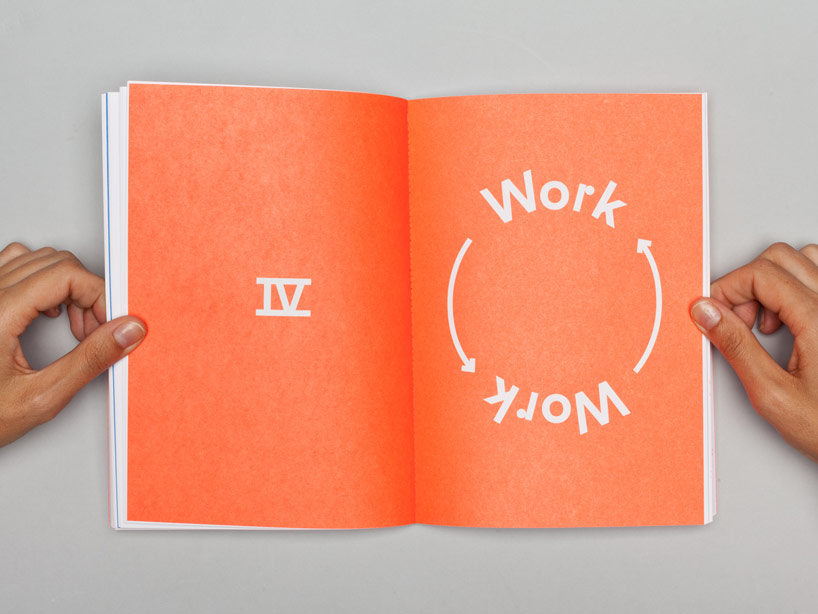

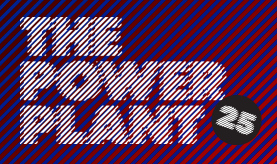
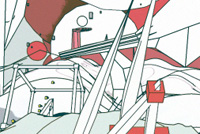
Leave a Reply